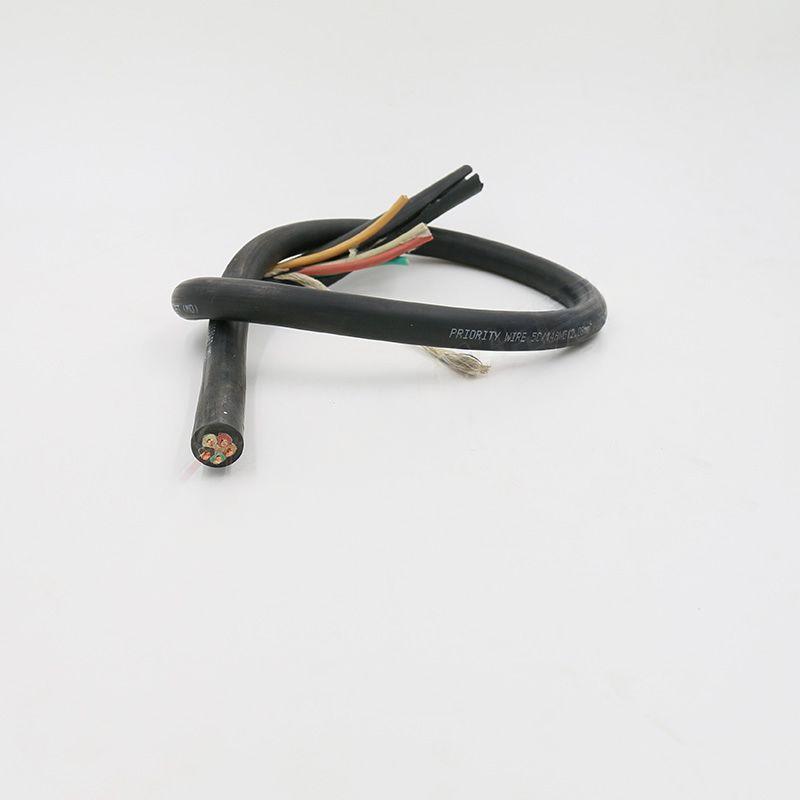Aug . 31, 2024 05:35 Back to list
wafer type butterfly valve
Understanding Wafer Type Butterfly Valves A Comprehensive Overview
Wafer type butterfly valves are essential components widely used in various industrial applications, especially in fluid control systems. Their unique design and functional efficiency make them a preferred choice in processes that require reliable flow regulation, such as water treatment, chemical processing, and HVAC systems.
At its core, a wafer type butterfly valve consists of a circular disc, or butterfly, that rotates around a central axis. This rotating disc is the key to controlling the flow of fluid through the valve. When the disc is parallel to the flow (fully opened position), it allows maximum flow, while in the perpendicular position (fully closed), it blocks the flow entirely. This simple yet effective mechanism provides a quick response and reduces the need for extensive manual handling.
One of the most significant advantages of wafer type butterfly valves is their compact design. Unlike traditional gate or globe valves, wafer valves are lightweight and take up less space. This characteristic is particularly beneficial in installations with limited space, such as pipelines and tight industrial setups. Furthermore, their installation is relatively straightforward, typically fitting between two flanges, which minimizes the additional costs associated with supporting structures.
wafer type butterfly valve

The versatility of wafer type butterfly valves extends to their construction materials, which can include options like stainless steel, cast iron, and plastic
. This range allows for applications in various environments, from corrosive chemical processes to high-temperature systems. Additionally, the use of different materials enhances the valve's durability and lifespan, reducing the frequency and cost of replacements.Operating principles of wafer type butterfly valves can also encompass manual, electric, or pneumatic actuators. This flexibility allows operators to choose the method that best suits their system's requirements, be it for manual operations or automated control. Electric and pneumatic actuators, in particular, enhance responsiveness and precision in flow control, making them an ideal choice for complex industrial processes requiring stringent accuracy.
However, it is important to consider certain limitations when selecting wafer type butterfly valves. When fully closed, these valves may not provide a tight seal compared to other valve types. Therefore, they are often recommended for throttling applications rather than complete shut-off scenarios. Additionally, proper selection and sizing are crucial to ensure optimal performance, as undersized valves may lead to flow restrictions while oversized valves may cause turbulence.
In conclusion, wafer type butterfly valves represent a critical innovation in fluid control solutions. Their compact design, versatile material options, and ease of installation make them attractive for various industrial applications. While they may not be the best choice for every scenario, their efficiency and adaptability ensure they remain a staple in the field of fluid dynamics. As industries continue to evolve, the role of wafer type butterfly valves is likely to expand further, highlighting their importance in modern engineering solutions.
Share
-
Reliable Wafer Type Butterfly Valves for Every IndustryNewsJul.25,2025
-
Reliable Flow Control Begins with the Right Ball Check ValveNewsJul.25,2025
-
Precision Flow Control Starts with Quality ValvesNewsJul.25,2025
-
Industrial Flow Control ReliabilityNewsJul.25,2025
-
Engineered for Efficiency Gate Valves That Power Industrial PerformanceNewsJul.25,2025
-
Empowering Infrastructure Through Quality ManufacturingNewsJul.25,2025